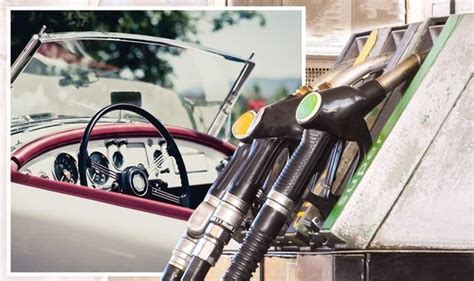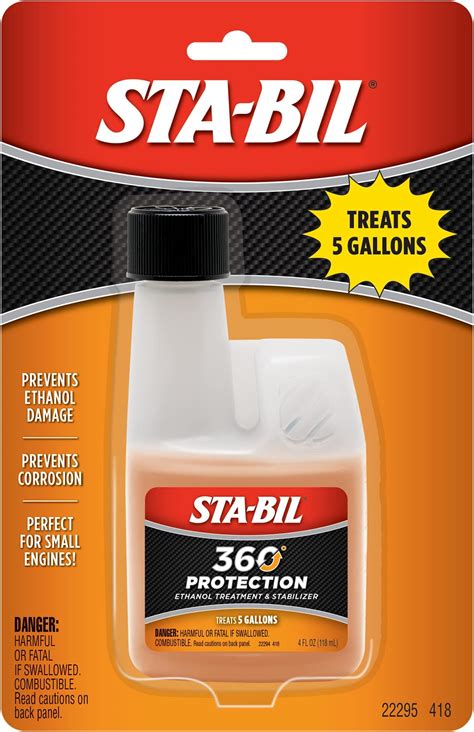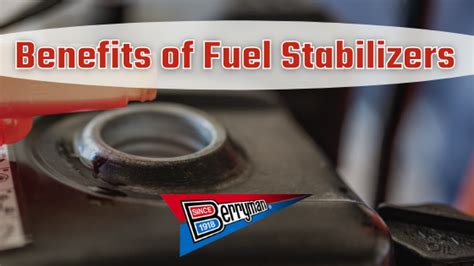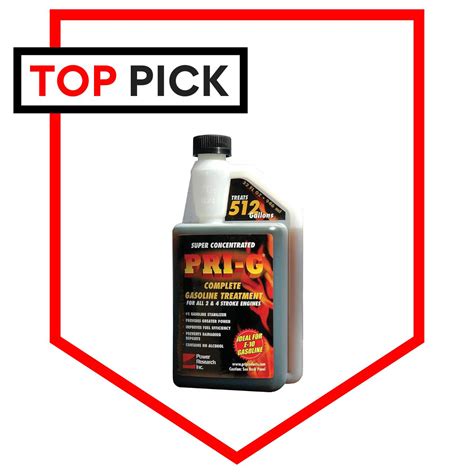The Challenge of Storing E10 Gasoline
Modern gasoline, particularly E10 (10% ethanol), presents unique challenges when stored for extended periods. Ethanol is hygroscopic, meaning it attracts and absorbs water, which can lead to phase separation – where the ethanol and water separate from the gasoline and settle at the bottom of the tank. This corrosive mixture can damage fuel system components and lead to engine problems, including poor starting, rough running, and even complete failure when the engine draws the separated fuel.
Beyond water absorption, gasoline itself can degrade over time, forming gums and varnishes that clog fuel lines, carburetors, and injectors. This degradation accelerates in the presence of ethanol, making a reliable fuel stabilizer an essential component for any long-term storage plan.

Key Features of an Effective E10 Fuel Stabilizer
When selecting a fuel stabilizer for E10 gasoline, look for products that specifically address the unique properties of ethanol-blended fuels. The best stabilizers will offer a multi-faceted approach to protection:
- Ethanol Protection: Prevents ethanol from attracting water and separating from the gasoline, often by creating a protective barrier or dispersing the moisture.
- Corrosion Inhibitors: Protects metal components within the fuel system (tank, lines, carburetor, injectors) from rust and corrosion caused by moisture and ethanol.
- Fuel Oxidation Prevention: Slows down the chemical breakdown of gasoline, preventing the formation of harmful gums and varnishes that can clog vital engine parts.
- Cleaning Agents: Some stabilizers also include detergents that help clean existing deposits and keep fuel systems free of debris.
- Long-Term Stability: Ensures fuel remains viable for several months, or even years, depending on the product’s claims.
Top Contenders for E10 Fuel Stabilization
Several reputable brands offer excellent fuel stabilizers designed to combat the challenges of E10 gas. While personal preference and specific use cases may vary, these are consistently highly rated:
1. Sta-Bil Storage Fuel Stabilizer (Red Formula)
Sta-Bil is perhaps the most recognized name in fuel stabilization, and their red formula is specifically designed for long-term storage of gasoline, including E10. It prevents fuel degradation, stops corrosion, and keeps fuel fresh for up to 12-24 months. It’s effective in all gasoline engines, making it a versatile choice for everything from lawnmowers to classic cars.

2. Star Tron Enzyme Fuel Treatment
Star Tron uses enzyme technology to stabilize fuel. It works by breaking down sludge, carbon, and varnish while dispersing water into sub-micron droplets, allowing it to be safely consumed by the engine during combustion. This enzymatic action not only stabilizes fuel but also helps clean the fuel system, improves fuel efficiency, and reduces emissions. It’s safe for all engines and can stabilize fuel for up to two years.
3. Sea Foam Motor Treatment
While often seen as a fuel system cleaner, Sea Foam also serves as an excellent fuel stabilizer. It works to liquefy gum and varnish deposits, lubricate upper cylinders, and stabilize fuel. It helps to control moisture by encapsulating water molecules, allowing them to pass through the combustion process safely. Sea Foam is a versatile product suitable for both short-term stabilization and regular use for engine maintenance.

4. Lucas Complete Engine Treatment / Fuel Stabilizer
Lucas offers a comprehensive fuel treatment that includes stabilization properties. It’s designed to clean and lubricate the fuel system, neutralize harmful acids, and prevent fuel degradation. While not exclusively a stabilizer, its multi-functional properties make it a strong contender for protecting E10 fuel during storage, offering benefits that extend to overall engine health.
Application Tips for Optimal Protection
To ensure maximum effectiveness from your chosen fuel stabilizer, follow these best practices:
- Correct Dosage: Always follow the manufacturer’s recommended dosage based on the amount of fuel being treated. More isn’t always better.
- Mix Thoroughly: Add the stabilizer to the fuel tank before filling it completely, or add it to a partially full tank and then top it off. This helps ensure proper mixing. If treating a fuel can, shake it well after adding the stabilizer.
- Run the Engine: After adding the stabilizer, run the engine for at least 5-10 minutes. This allows the treated fuel to circulate throughout the entire fuel system, including the carburetor, fuel lines, and injectors, ensuring all components are protected.
- Store in a Cool, Dark Place: While the stabilizer protects the fuel, storing fuel in a cool, dark environment further slows down degradation and evaporation.

Conclusion
Storing E10 gasoline without proper stabilization is a recipe for potential engine headaches and costly repairs. The best fuel stabilizer for E10 gas storage will be one that specifically addresses ethanol-related issues such as water absorption and corrosion, while also preventing general fuel degradation. Brands like Sta-Bil, Star Tron, and Sea Foam consistently deliver reliable protection, ensuring your engines start smoothly and run efficiently, even after extended periods of inactivity. Invest in a quality stabilizer and follow proper application techniques to safeguard your fuel and your equipment.




